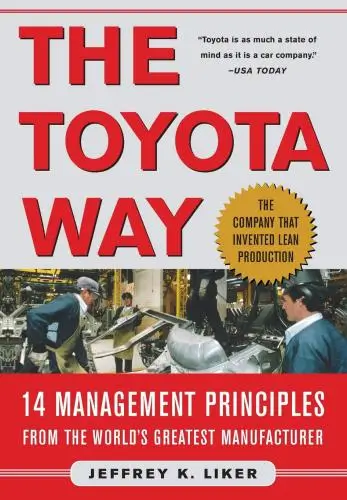The Toyota Way
14 Management Principles from the World's Greatest Manufacturer
What's it about?
The Toyota Way delves into the heart of Toyota's universally acclaimed success formula. Offering a deep dive into the 14 management principles that drive its unparalleled quality and efficiency, this insightful book is a roadmap for anyone aspiring to replicate Toyota’s innovative and sustainable management practices. Whether you're a manager seeking to transform your organization or simply intrigued by Toyota's revolutionary approach, The Toyota Way provides valuable lessons on creating a culture of continuous improvement and respect for people.
About the Author
Jeffrey Liker is a professor emeritus of industrial and operations engineering at the University of Michigan and an author specializing in Toyota's operational methodologies and lean production. His seminal work, "The Toyota Way," explores the principles and practices behind Toyota's success, emphasizing continuous improvement and respect for people.
10 Key Ideas of The Toyota Way
Base Your Management Decisions on a Long-Term Philosophy, Even at the Expense of Short-Term Financial Goals
This principle emphasizes the importance of prioritizing long-term sustainability over short-term financial gains.
By focusing on long-term goals, companies can invest in their future, ensuring stability, growth, and continuous improvement.
This approach encourages a culture of innovation, employee development, and quality enhancement, leading to a strong foundation that can withstand market fluctuations and challenges.
Learn DeeperThink Long-Term in Personal Goals: When setting personal or career goals, prioritize those that offer long-term benefits over immediate gratification. For instance, investing time in learning a new skill may not pay off immediately but can significantly enhance your career prospects in the future.
Apply to Financial Planning: Instead of focusing on short-term financial gains like buying the latest gadgets, prioritize long-term financial stability. This could mean setting up a savings plan, investing in retirement funds, or even purchasing insurance policies that protect you and your family in the long run.
Incorporate in Daily Decisions: Make daily decisions with a long-term perspective. This could be as simple as choosing to walk or cycle to work to improve your health over time, rather than opting for convenience by driving every day.
Foster Relationships with a Long-Term View: Invest time and effort in building and maintaining relationships, both professionally and personally. Networking, mentoring, and cultivating deep friendships can provide support and opportunities far into the future.
- Example
A software developer decides to allocate an hour each day to learn a new programming language that's gaining popularity in the industry. While this doesn't yield immediate benefits, it significantly boosts their employability and career growth in the long term.
- Example
A family opts to buy a slightly smaller home in a neighborhood with good schools and community resources, prioritizing their children's education and well-being over a larger house in a less ideal location. This decision pays off in the long term through their children's educational and social development.
Create Continuous Process Flow to Bring Problems to the Surface
Implementing a continuous flow in processes helps in identifying inefficiencies and problems early on.
This tactic allows for immediate action to be taken to resolve issues before they escalate, ensuring that the production process remains smooth and efficient.
It also promotes a proactive problem-solving culture within the organization, where employees are encouraged to identify and address issues promptly.
Learn DeeperMap Out Your Daily Tasks: Start by listing down your daily tasks and activities. This will help you visualize your workflow and identify any bottlenecks or repetitive tasks that could be streamlined.
Implement Time Blocks: Allocate specific time blocks for similar tasks to create a continuous flow in your day. This approach minimizes the start-stop nature of multitasking and can help highlight inefficiencies in how you manage your time.
Regularly Review and Adjust: At the end of each week, take some time to review what went well and what didn’t. Look for patterns in where you consistently face delays or issues and adjust your workflow accordingly.
Encourage Open Communication: If you’re working in a team, foster an environment where everyone feels comfortable pointing out inefficiencies and suggesting improvements. Regular team meetings to discuss workflow can help bring problems to the surface.
- Example
Imagine you're working on a project and notice that you're constantly waiting on information from another department, causing delays. By mapping out the process, you identify this bottleneck and decide to schedule regular check-ins with that department to ensure a smoother flow of information.
- Example
You're a freelancer juggling multiple clients and notice you're spending a lot of time switching between tasks. By implementing time blocks, you dedicate specific hours of the day to each client, creating a continuous workflow that reduces the time lost in transition and highlights any inefficiency in managing client expectations.
Use 'Pull' Systems to Avoid Overproduction
A pull system ensures that products are only produced based on actual demand, reducing waste and avoiding overproduction.
This approach aligns production with customer demand, optimizing inventory levels and minimizing storage costs.
It also enhances flexibility and responsiveness to market changes, allowing for quicker adjustments to production schedules and product offerings.
Learn DeeperStart Small: Begin by identifying one area of your life or work where you can implement a pull system. This could be as simple as your grocery shopping routine—buy items based on what you actually need (demand) rather than stocking up in advance.
Evaluate Your Needs Regularly: Make it a habit to assess what you really need before making any purchase or starting a new project. This helps in aligning your actions with actual requirements, avoiding excess.
Use Technology to Your Advantage: Leverage apps or tools that help track usage and demand for various items in your life. For instance, budgeting apps for finance management or inventory apps for business supplies can help you apply the pull system effectively.
Communicate Clearly: If you're applying this in a team setting, ensure everyone understands the concept of the pull system and how it's being implemented. Clear communication can prevent overproduction and ensure that efforts are demand-driven.
- Example
In a small business, instead of producing large quantities of a product in anticipation of future sales, the company could switch to a made-to-order model. This way, they produce goods only when there is an actual order from a customer, reducing the risk of unsold inventory.
- Example
At home, instead of buying groceries in bulk without a plan, you could switch to planning meals for the week and purchasing only what is necessary for those meals. This minimizes food waste and ensures that you're only storing what you will use.
Level Out the Workload (Heijunka)
Balancing the workload prevents bottlenecks and overburdening of resources, leading to a more efficient and stable production process.
By evening out the production schedule, companies can reduce stress on employees and machinery, resulting in higher quality outcomes and lower maintenance costs.
This approach also allows for better planning and resource allocation, enhancing overall productivity.
Learn DeeperEvaluate your current workload distribution. Start by observing and documenting how tasks are currently assigned and executed over a typical work period. Look for patterns of overload or underutilization.
Implement a planning system. Use tools like calendars, project management software, or even simple spreadsheets to plan out tasks and projects. Aim to distribute the workload evenly over time, taking into account the capacity of your resources.
Introduce flexibility in task assignments. Cross-train employees so they can handle multiple types of tasks. This flexibility allows for easier redistribution of work when necessary to maintain balance.
Monitor and adjust regularly. Regularly review the workload distribution and make adjustments as needed. This could mean reassigning tasks, extending deadlines, or bringing in additional resources to handle peaks in demand.
- Example
A small marketing firm notices that their team is overwhelmed with client projects at the end of each month. To level out the workload, they start scheduling internal projects and less time-sensitive tasks for the end of the month, ensuring a more balanced distribution of work.
- Example
A manufacturing plant operates on a just-in-time production schedule, which can lead to periods of high stress and overtime when large orders come in. By analyzing their order history, they start to predict these peaks and prepare by spreading production more evenly across the month, using Heijunka boxes to visualize and manage the workflow.
Build a Culture of Stopping to Fix Problems, to Get Quality Right the First Time
Encouraging employees to immediately stop production when an issue is detected ensures that problems are addressed at their source, preventing defects from moving down the line.
This commitment to quality fosters a culture of excellence and continuous improvement, where employees are empowered to take ownership of the production process.
It also reduces costly rework and enhances customer satisfaction by delivering high-quality products.
Learn DeeperPause and Evaluate: Whenever you encounter a problem in your work, take a moment to stop and assess the situation. Don't rush to apply a quick fix. Instead, understand the root cause of the issue.
Empower Everyone to Speak Up: If you're in a leadership position, encourage your team members to voice concerns and halt processes if they spot a problem. Make it clear that identifying and solving issues is everyone's responsibility.
Implement a Feedback Loop: After addressing a problem, share what happened and how it was resolved with your team. This practice not only educates everyone but also promotes a culture of learning from mistakes.
Adopt Continuous Improvement Practices: Regularly review your work processes to identify inefficiencies or recurring problems. Use these insights to make incremental improvements, aiming for higher quality in everything you do.
- Example
In a manufacturing setting, an employee notices that a machine is not calibrating correctly, leading to slightly off-spec products. Instead of letting it pass, they stop the production line and call for a technician, preventing further defective products.
- Example
In a software development team, a developer finds a critical bug in the code. Instead of pushing forward with the project timeline, they flag the issue, and the team halts the release to fix the bug, ensuring the software's reliability and security.
Deeper knowledge. Personal growth. Unlocked.
Unlock this book's key ideas and 15M+ more. Learn with quick, impactful summaries.
Read Full SummarySign up and read for free!
The Toyota Way Summary: Common Questions
Experience Personalized Book Summaries, Today!
Discover a new way to gain knowledge, and save time.
Sign up for our 7-day trial now.
No Credit Card Needed

Similar Books

Emotional Intelligence at Work
Dalip Singh
Seeing the Big Picture
Kevin Cope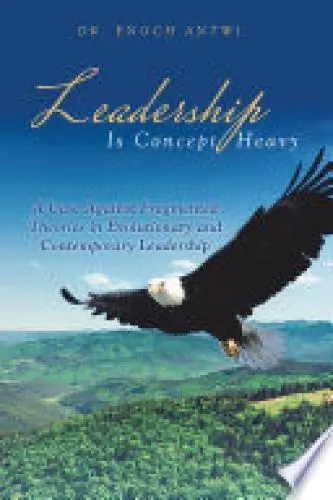
Leadership Is Concept Heavy
Dr. Enoch Antwi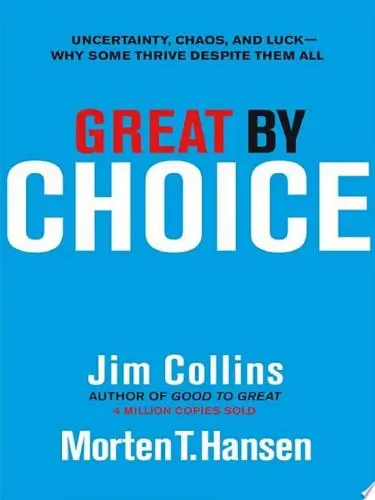
Great by Choice
Jim Collins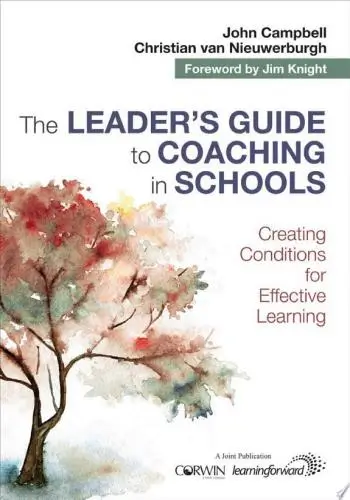
The Leader′s Guide to Coaching in Schools
John Campbell
Preparing School Leaders for the 21st Century
Stephan Gerhard Huber
The E-Myth Manager
Michael E. Gerber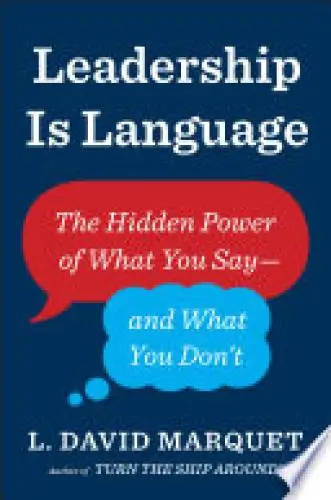
Leadership Is Language
L. David Marquet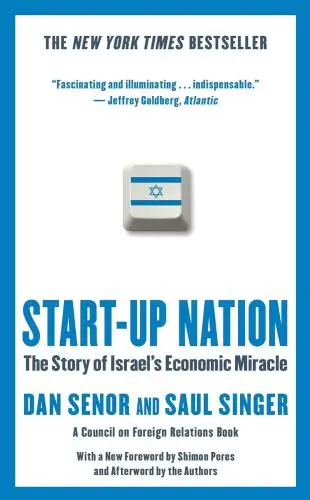
Start-up Nation
Dan Senor
The Founder's Dilemmas
Noam WassermanTrending Summaries

Peak
Anders Ericsson
Never Split the Difference
Chris Voss
Smart Brevity
Jim VandeHei
The Psychology of Money
Morgan Housel
The First 90 Days
Michael D. Watkins
Atomic Habits
James Clear
Thinking, Fast and Slow
Daniel Kahneman
The Body Keeps the Score
Bessel van der Kolk M.D.
The Power of Regret
Daniel H. Pink
The Compound Effect
Darren HardyNew Books

Job Interviews For Dummies®
Joyce Lain Kennedy
Job Interviews In A Week
Alison Straw
Handbook of Career Development
Gideon Arulmani
The Art of Spending Money
Morgan Housel
$100M Offers
Alex Hormozi
A Candle for Kiri
Edna Mae Holm
Principles of Marketing, Global Edition
Gary Armstrong
Serpent Rising: The Kundalini Compendium
Neven Paar
Feeling Is the Secret
Neville Goddard
